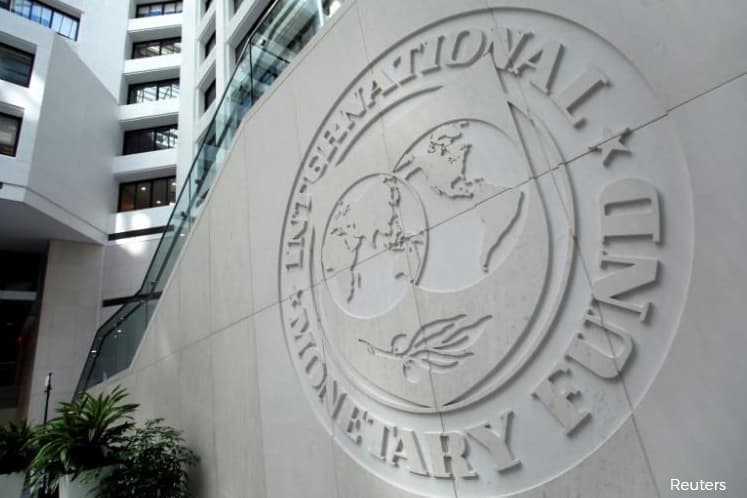
This article first appeared in The Edge Financial Daily on July 31, 2017
KUALA LUMPUR: Asian countries remain the “bright spot” of the world’s economy, but medium-term uncertainties are clouding their horizon, says the International Monetary Fund (IMF).
While economies such as China, Japan, India and the Asean-5 (Indonesia, Malaysia, the Philippines, Thailand and Vietnam) are set to drive the “lion’s share of world growth”, key risks remain, said IMF deputy director of research, Gian Maria Milesi-Ferretti.
“Right now, foreign investors are in a really good mood — not just about Malaysia, but generally. But we know that those moods change and there are many factors out there that could push global confidence in a direction that is less optimistic,” Milesi-Ferretti said in an interview with The Edge Financial Daily.
These include a slowdown in China’s economic growth, the tightening of monetary policy in the US, and the threat of protectionist policies in major economies, he said.
At a media briefing on the its July update to the World Economic Outlook (WEO) last week, the IMF said it has revised upwards Malaysia’s 2017 gross domestic product growth forecast to 4.8% from 4.5% previously, based on the country’s strong first-quarter data.
However, Malaysia remains one of the most susceptible economies to any spillovers, adverse or otherwise, from shifts in Chinese economic activity (see chart). China is Malaysia’s largest trading partner by country, registering 16.4% or RM25.21 billion as at May 2017, according to statistics from the international trade and industry ministry.
While the IMF has upgraded its 2017 growth forecast for China by 0.1% to 6.7% to reflect the country’s strong first-quarter results, Milesi-Ferretti pointed out that China’s excessive credit growth could end in an abrupt slowdown that would have adverse effects on other countries.
He added that as Malaysia is also an exporter of commodities, “there could be headwinds from lower revenues on that score”.
In the World Economic Outlook update, the IMF had recommended that commodity exporters should prepare themselves for lower revenues, as any changes to the economic trajectory in China could add downside risks to emerging markets.
“We have seen how a decline in levels of investment in China, though still sky-high compared to most other countries, was a major factor behind the recent adjustment to commodity prices,” said Milesi-Ferretti.
Meanwhile, a tightening of US monetary policy will also play a significant role in shaping the path of Asian economies, particularly for more open emerging markets that regularly see high capital inflows and outflows.
While the tightening of its balance sheet is not expected to happen very quickly as the US Federal Reserve (Fed) intends to proceed in a “data-dependent way”, Milesi-Ferretti said the level at which the country’s Federal Open Market Committee intends to increase interest rates currently appears to be steeper than market expectations.
This divergence between the expected pace of interest rate normalisation will have to be reconciled “at some point”, he said.
“Either markets will come to realise that the Fed will raise interest rates a little faster than they expect, in which case long-term rates will go up, or it will turn out that the market is right, and that the world economy needs more support,” he said.
As of yet, the Fed appears to be playing along with market expectations, Milesi-Ferretti noted. However, whether or not a faster-than-expected rate hike is positive or negative for the world economy largely depends on the Fed’s reasons for the hike.
“To the extent that the Fed proceeds because the US economy is stronger, it would be good news for the world economy. It would be a different matter if the Fed were to proceed because inflation is picking up, [but] we don’t see those signs so far,” he said.
In the event that rates are raised, however, markets that are more exposed to capital flow volatility and which are less firm may suffer from more strained global financial conditions, he said.
In coping with such risks, Milesi-Ferretti recommended that countries, including Malaysia, maintain flexible exchange rate policies, which could act as a shock absorber for more open economies.
“Depreciation [of the ringgit] could be used to make Malaysian assets more attractive to foreign investors as [it would lead to] a decline in the prices of exports,” he said.
At the launch of the WEO’s July update, IMF economic counsellor and director of the research department, Maurice Obstfeld, commended Malaysia’s steady-handed approach to monetary policy so far and successful efforts to increase the sustainability of debt levels, which have been trending downwards.